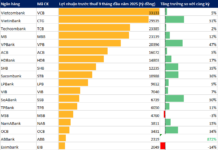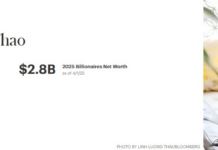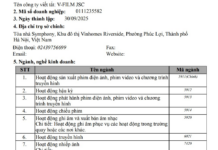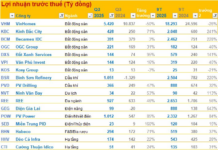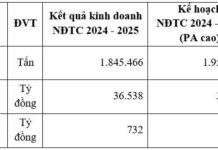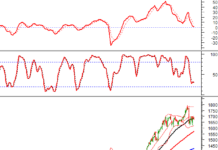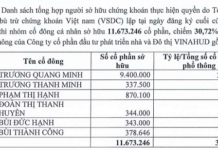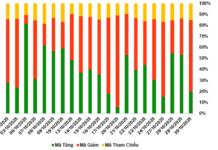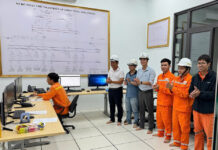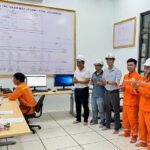
International My Xuan Port in Ba Ria-Vung Tau Province, Vietnam, is expected to be a significant infrastructure project, boosting the region’s economy and international trade.
Recently, Deputy Prime Minister Tran Hong Ha approved the investment plan for the International My Xuan Port project in Ba Ria-Vung Tau Province. This decision, with the number 200/QD-TTg, was made on January 21, 2025, and marks a significant step forward for the region’s infrastructure development.
The project aims to construct a new, modern port with the ability to accommodate vessels weighing up to 60,000 DWT. With a total investment of up to VND 5,733 billion, the International My Xuan Port is planned to be developed over an area of approximately 71.23 hectares. The timeline for this ambitious project is set from 2025 to 2030.
According to the master plan, the port will consist of eight berths divided into two main areas. The first area, located downstream of Phuoc An Bridge, will have two berths with a total length of 840 meters, capable of handling vessels up to 60,000 DWT. The second area, upstream of Phuoc An Bridge, will feature two offshore berths with a total length of 1,055 meters, accommodating vessels up to 30,000 DWT.
A Strategic Focus in Vietnam’s Port Development

With an investment of VND 5,733 billion, the International My Xuan Port project is expected to boost the region’s economy and international trade.
The International My Xuan Port is a key project in the development of Ba Ria-Vung Tau’s port infrastructure. It is expected to enhance the region’s logistics capabilities, facilitate international trade, and boost economic growth. Once completed and operational, the port is anticipated to become a strategic focal point in Vietnam’s port system.
As per Decision No. 200, the People’s Committee of Ba Ria-Vung Tau Province is responsible for granting investment certificates, land allocation and revocation, as well as monitoring and handling issues related to the project. They also ensure the project’s alignment with relevant plans and take accountability for the accuracy of reported information, data, and evaluation results.
Additionally, the People’s Committee is tasked with adjusting the investment registration certificate as per their authority, incorporating feedback from the Ministry of Planning and Investment and other relevant agencies. They will also guide the implementation of the project by the QTM International Port Joint Stock Company, ensuring compliance with legal regulations.
The committee will organize the allocation of water areas in front of the port and closely monitor the investor’s capital mobilization and project progress. Furthermore, inspections and supervision will be conducted to ensure the project’s adherence to regulations and fulfillment of investment efficiency and investor commitments.
As per the decision, the QTM International Port Joint Stock Company (formerly known as Vinalines Ship Repair Joint Stock Company) is responsible for the accuracy of information and data in the project dossier, investment efficiency, and compliance with current laws. The investor is also required to strictly follow the directions of the Prime Minister and the guidance of management agencies.
Ba Ria-Vung Tau Aims for Double-Digit Growth in 2025
In 2024, Ba Ria-Vung Tau Province effectively leveraged favorable conditions in the domestic and international contexts, focusing on developing infrastructure and high-quality human resources. The province’s economic potential in areas such as the sea economy, international ports, processing industry, renewable energy, and green tourism has been increasingly tapped.
For the whole of 2024, the province’s total retail sales of goods and services revenue was estimated at VND 122,000 billion, reflecting a 13.42% increase compared to 2023. Last year, the GRDP per capita in Ba Ria-Vung Tau Province was approximately VND 460.63 million per year, a slight decrease of 1.3% from the previous year, mainly due to the increased influence of crude oil and gas products.
For 2025, the province targets a GRDP growth rate of 10% and a GRDP per capita (excluding oil and gas) of USD 9,620, with a 12.81% increase in industrial production value.










